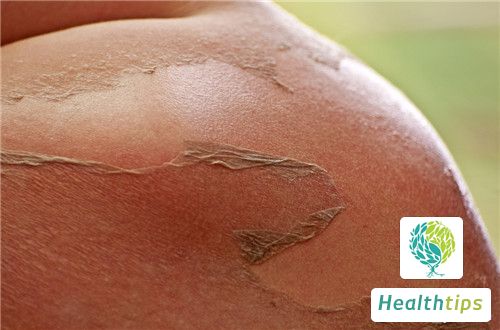What are some examples of low-purine foods?

Generally, there are many low-purine foods. Among coarse grains, they include rice, wheat, buckwheat, noodles, bread, and steamed bread. For vegetables, they include cabbage, cauliflower, carrots, kale, lettuce, pumpkin, zucchini, and tomatoes. Almost all fruits belong to low-purine foods, so there is no need to worry about fruits and they can be consumed generally. In addition, fresh milk, cheese, yogurt, and malt extract are also low-purine foods.
Moderate-purine foods include beans and their products, chicken, goose, pork, pork skin, beef, mutton, dog meat, rabbit meat, carp, crab, eel, spinach, kelp, golden needle mushrooms, asparagus bean sprouts, peanuts, cashews, sesame seeds, and lotus seeds. Patients with gout should be cautious about consuming these foods.
High-purine foods include soybeans, lentils, mushrooms, concentrated meat broth, meat fillings, anchovies, mackerel, silver carp, oysters, clams, dried shrimps, sea cucumber, yeast powder, and alcoholic beverages. Patients with gout should absolutely avoid these high-purine foods, as they can directly worsen the condition and make recovery and treatment more difficult. Patients must pay attention to dietary adjustments and restrictions.



















